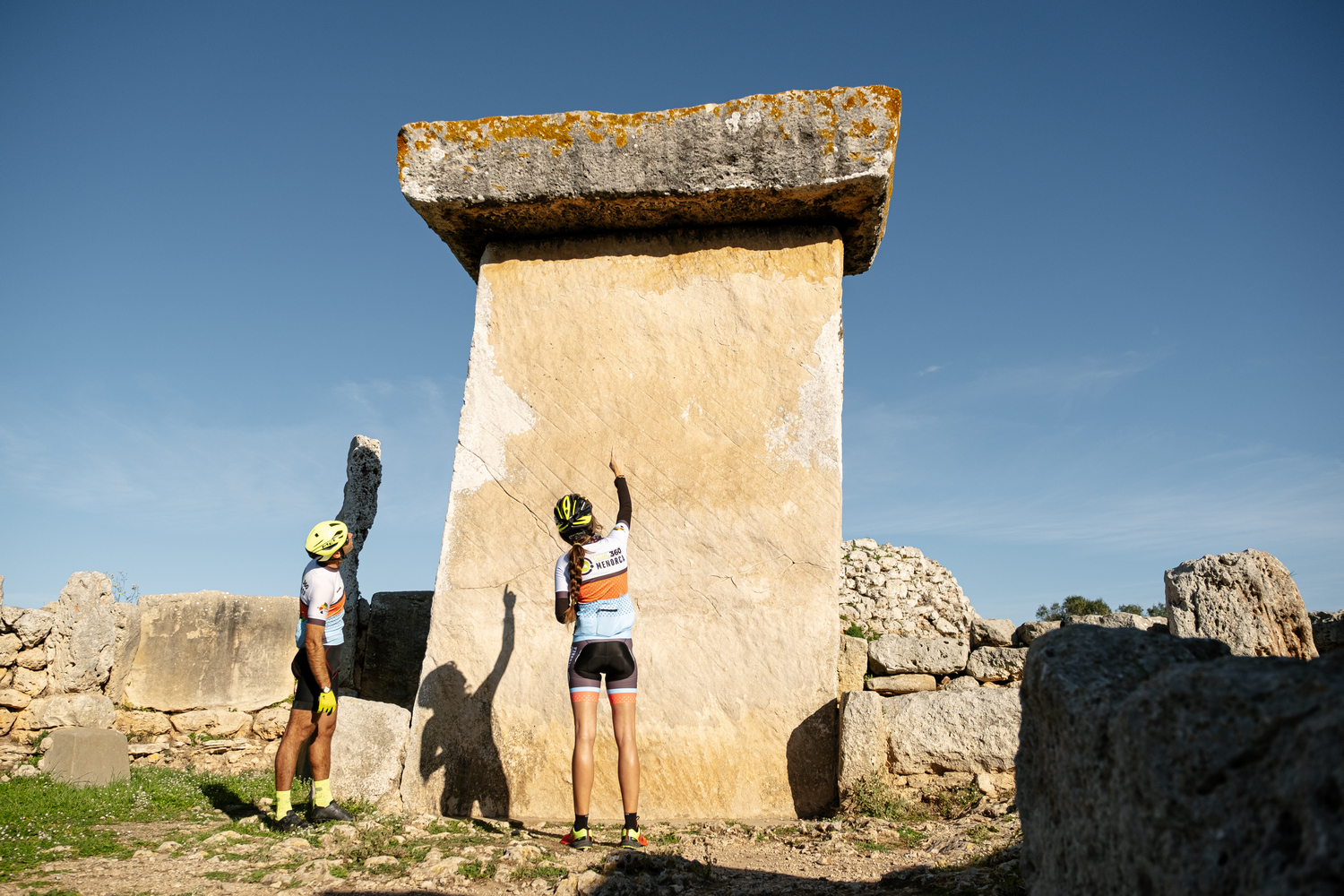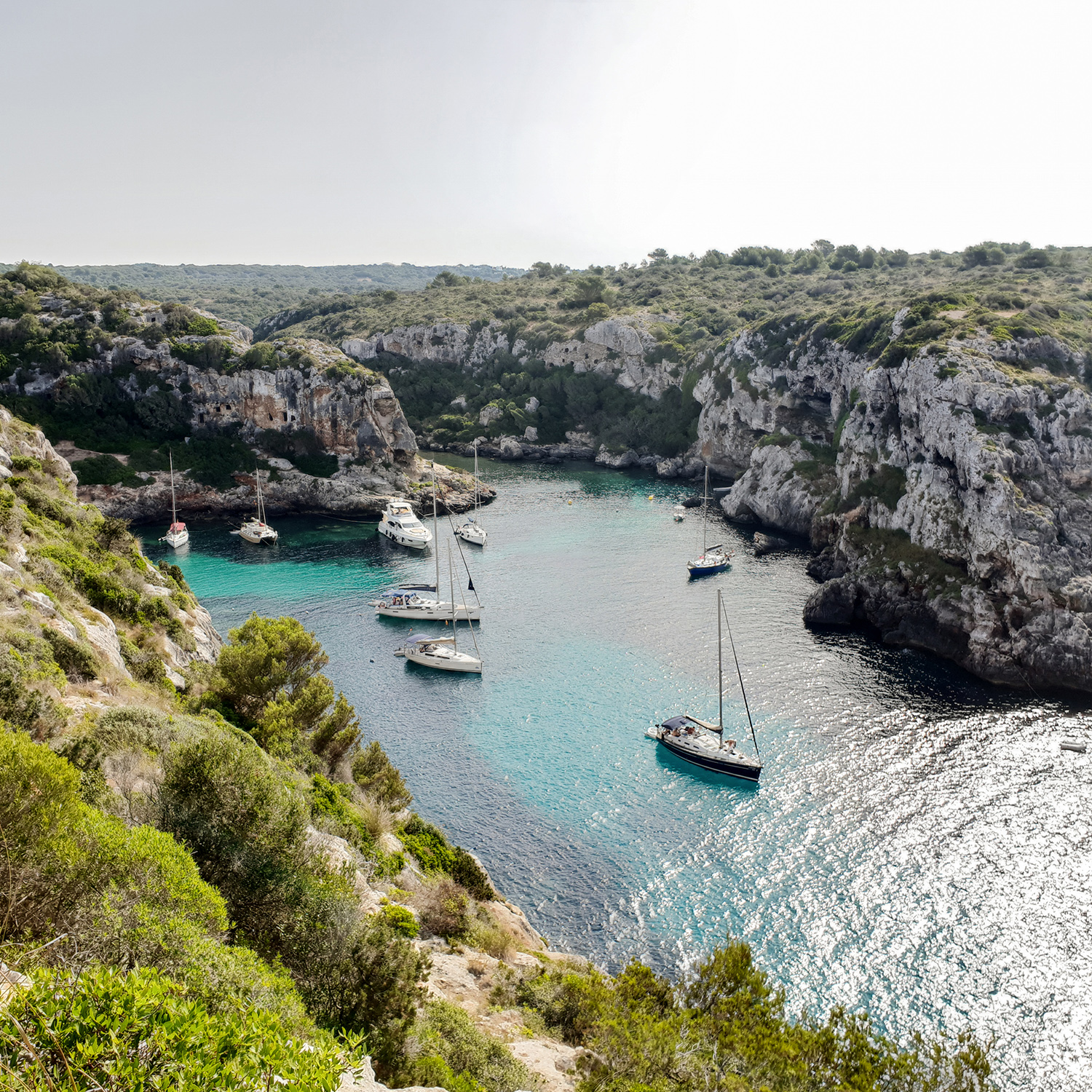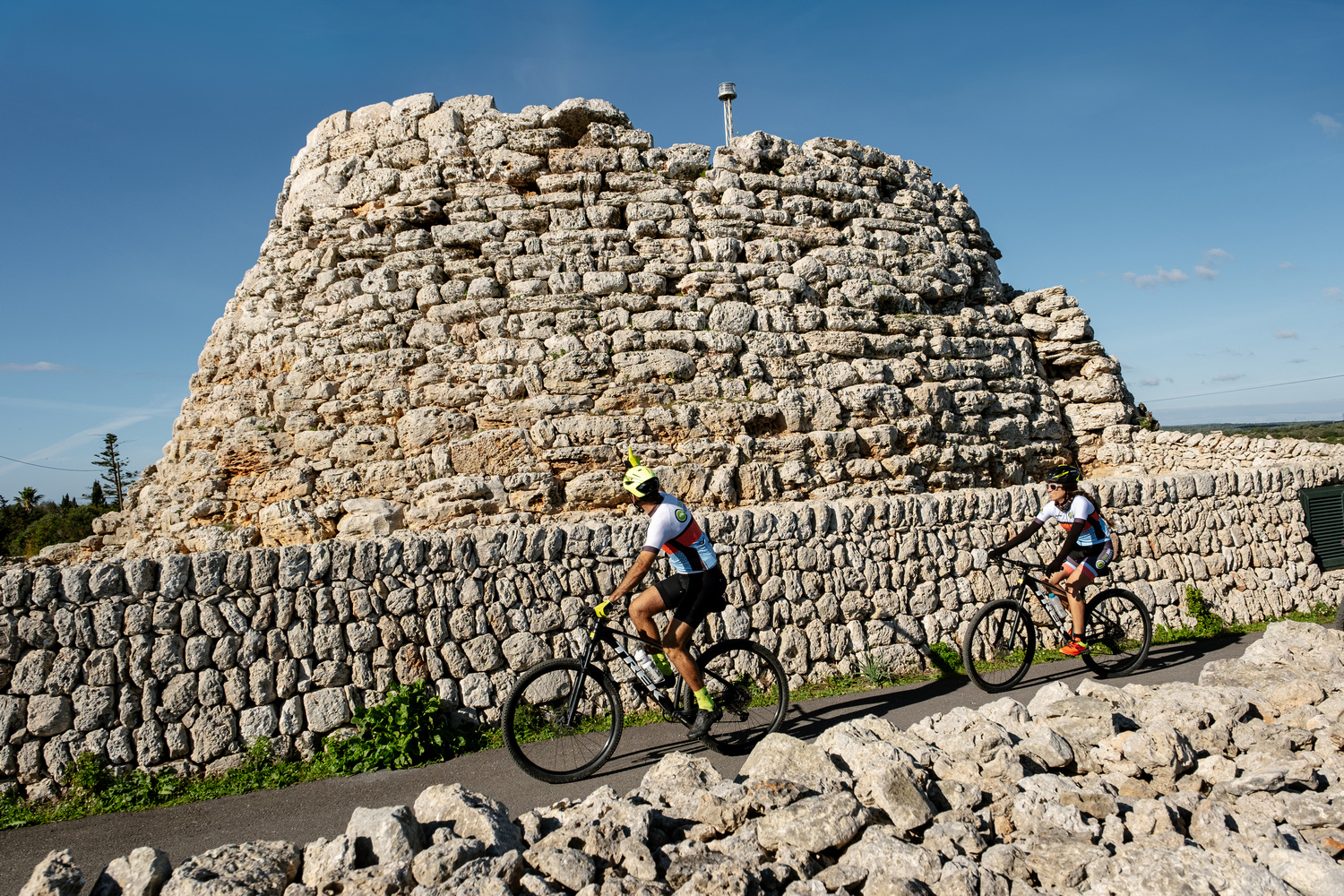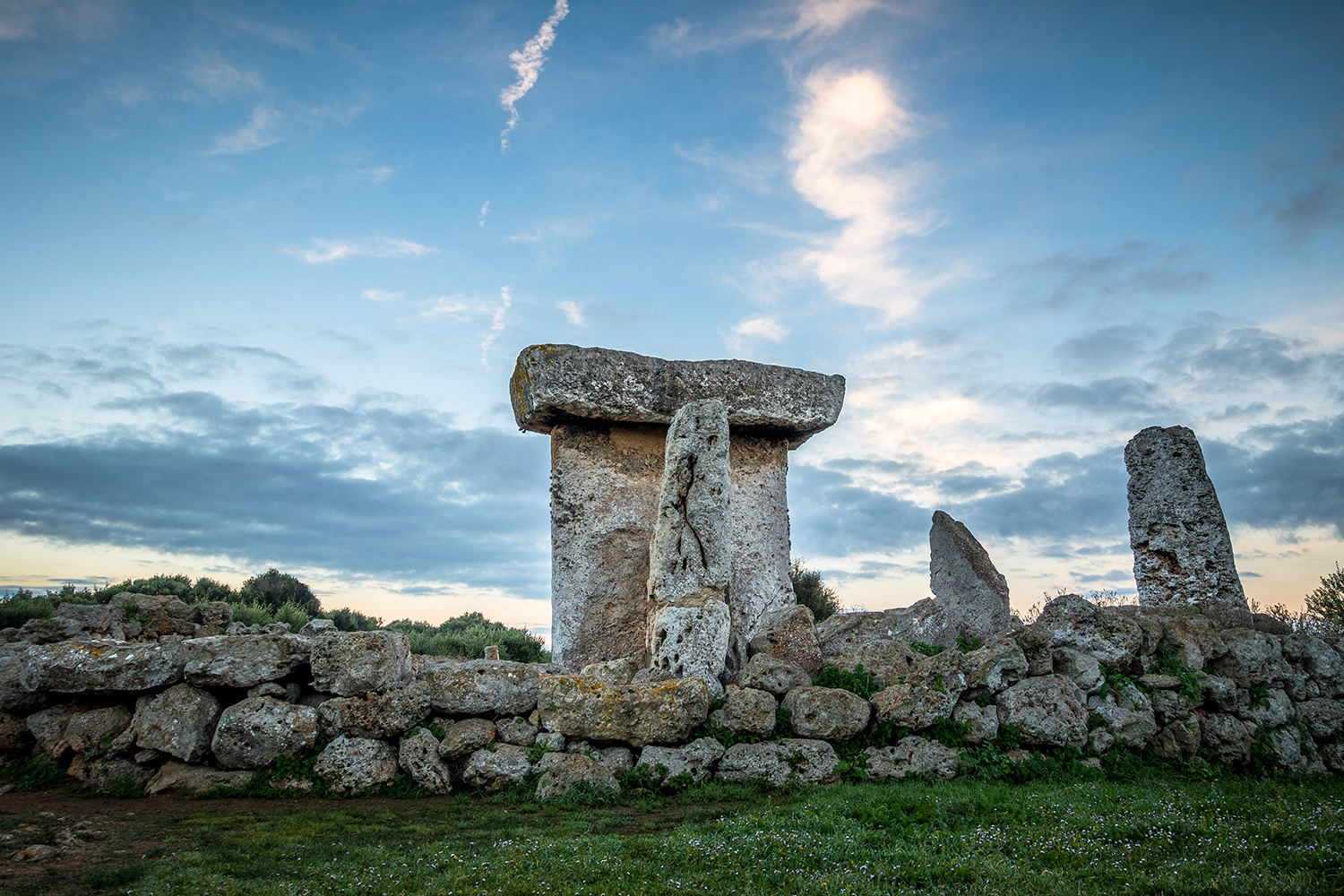The island sees how UNESCO recognizes the archaeological sites of the Talayotic civilization, which is added to the status of terrestrial and marine Biosphere Reserve it already had.
Fourteen years of journey have led Menorca’s millenary Talayotic legacy to be designated a World Heritage Site by UNESCO. The news was made official on Monday, September 18, 2023, at the 45th session of the World Heritage Committee, held in Riyadh (Saudi Arabia). “We have one of the most unique archaeological landscapes on the planet, a legacy that has been cared for and protected with esteem by generations of Menorcans,” could be read on the official profile of Talayotic Menorca on social networks.
More than two sites per square kilometer
The richness of Menorca’s Talayotic heritage is huge, as can be seen by the unusual density of sites. In an area of about 700 square kilometers, Menorca has more than 1,500 Talayotic sites, which is more than two per square kilometer. Moreover, they are in an exceptional state of conservation, considering that the Talayotic civilization covers a period that includes the Bronze Age and the Iron Age (before 1000 BC) and extends until the Romans arrived in 123 BC.
The constructions of the Talayotic period preserved in Menorca are unique examples worldwide. Nowhere like on the island can you see buildings such as burial navetas, taula enclosures or dwelling circles, in addition to the talayots, the large cone-shaped towers that give the civilization its name.

The candidacy approved by UNESCO brings together a group of 280 sites, including the most representative selection of Talayotic culture. They are distributed in nine areas and include the best preserved landscapes associated with the best-preserved examples of cyclopean architecture.
Camí de Cavalls 360º and Menorca 360º programs
Most of these nine areas are located in the central-southern part of Menorca. Although the Camí de Cavalls crosses some of these areas, Talayotic sites are not usually close to the route. However, the route books and maps of Camí de Cavalls 360º show options that allow you to approach some of them.

Cova des Coloms and Sant Agustí settlement (area of the south-central ravines); Torre d’en Galmés settlement with Ses Roques Llises dolmen and the monument of Na Comerma de sa Garita (area between the ravines of Torrevella and Cala en Porter); Calescoves necropolis (south east area of Alaior); and even Son Catlar settlement (south west area), or Sa Torreta de Tramuntana settlement (northwest area of Tramuntana), are accessible from the Camí de Cavalls 360º route.
On the other hand, the Menorca 360º project offers participants the chance of seeing, through its programs, some of the most outstanding sites on the island, such as Trepucó, Torre d’en Galmés, Torralba d’en Salort, Talatí de Dalt and Torretrencada. In addition, our routes also pass by some other talayots such as those of Cornia Nou or Torelló, the dolmen of Ses Roques Llises, the navetas of Rafal Rubí and many other examples of the pre-Roman heritage of the island.

